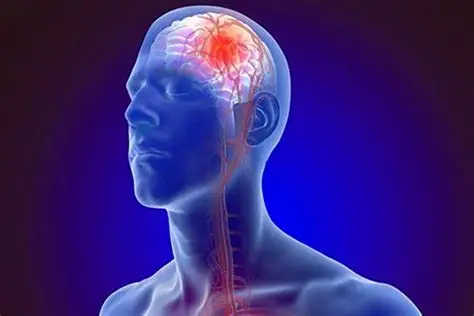Cryotherapy: Cryotherapy in combination with PROM exercises( exercise done to increase the range of motion of a joint with the assistance of a physiotherapist or a caregiver ), elevation, and massage or compression wrapping is used to decrease edema, developed due to inactivity or loss of voluntary movements.
Thermotherapy: Thermotherapy can be used in combination with ROM exercises (exercises done actively to increase the joint range of motion. The exercise is performed by the patient himself, actively without assistance.) with sustained stretching technique (20 – 30minutes).
Neuromuscular Electrical Stimulation (NMES): Neuromuscular stimulations facilitate voluntary motor control, muscle strength and reduce spasticity.
Techniques used to improve upper extremity control:
- Early mobilization, ROM exercises, and positioning with stimulation of shoulder stabilizers, elbow extensors, wrist, and fingers.
- Weight-bearing activities can be performed in sitting or standing positions, progression to weight shifting, and reaching movements.
- Using techniques of the hold after positioning, push-pull, and modified hold relax technique, slow reversals. The posture can be altered to a more challenging one reaching forward and downward picking up objects off the floor.
- Functional movements like a hand to mouth and hand to opposite shoulder should be included for feeding, bathing and dressing.
Techniques used to improve the lower limb control:
- Activities like bridging, supine knee flexion with a hip extension over the side of the mat or standing, modified plantigrade with knee flexion. Hip adduction during flexion movements of the hip and knee, while hip abduction during extension movements should be done.
- Pelvic control can be promoted through lower trunk rotation activities, forward pelvic rotation during side-lying, supine, modified hook lying with the affected leg pushing off, kneeling, standing, sitting on a Swiss ball, and pelvic shifting.
- Dorsi flexors can be activated in sitting by first having the patient hold and slowly letting the foot move down, then pull the foot up.
- Control of knee function therapist assists controlled, small range flexion and extension movements.
Techniques used to improve balance: Once initial stability control of body segments is achieved in upright postures, the patient is ready to practice dynamic balance activities.
- The patient is instructed to explore his or her limits of stability through low-frequency weight shifting. The patient learns how to align the Center of gravity within the base of support to maintain upright stability. The patient is trained on an equilibrium board or gymnastic ball.
- Activities like in kneeling patient can perform reaching and cone stacking, sit to stand transitions, turning 360o and floor to standing transitions, standing while catching or kicking a ball, walking while carrying an object.
Techniques used to improve gait: Early walking prevents and minimizes the development of indirect impairments e.g DVT, deconditioning.
- One should be careful as it can increase the risk of falls, parallel bars and ambulation aids like Hemi- walkers, quad- canes help in early gait stability and safety.
- Exercises like walking forward, backward, sidewards, and in a crossed pattern.
- Elevation activities, stepping up, stair climbing, step over step, over, and around should be practiced.
Techniques used to improve breathing: Patients on prolonged bed rest with marked deconditioning, paralysis or dysarthria may experience impaired or shallow breathing patterns.
- Improved chest expansion can be achieved by diaphragmatic, basal, lateral costal expansion breathing.
- Respiratory activities can be combined with movement patterns PNF patterns.
Techniques used to improve facial palsy: The patient is instructed to purse lips and hold a tongue depressor between the lips.
- Tongue movements in all directions are practiced and can be resisted manually.
- Cheek exercises include practice in puffing, blowing bubbles, and drinking thick liquids through a straw.
- Jaw movements can be stimulated by vibrating or pressing above the upper lip for closure and under the lower lip for opening.
Techniques used to improve feeding: Food should be positioned at an appropriate height and distance from the patient and should be in the visual field.
Adapted utensils, plate guards, and nonslip mats can be used to assist in the transfer of food to the mouth.


